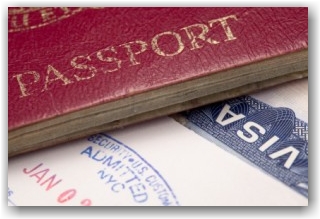H-1B Visa: California Service Center Enforces Radical Interpretation of H-1B Requirements for Job Location Changes
Tuesday, January 15th, 2013There have been reports for some months now that the USCIS California Service Center has enforced new interpretation concerning the way it views H-1B requirements for job location changes, when duties and all other employment terms remain the same.
Previously, according to a 2003 legacy INS memo, a simple change in job location did not require that a new petition be filed with USCIS. The employer was required to analyze prevailing wage for the new location, file and obtain a new certified Labor Condition Application (LCA) with the Department of Labor prior to the employee moving to the new location, post the LCA at the new work site according to DOL regulations, make sure wage and hour obligations were met, but did not have to file an amended petition with USCIS.
Under the CSC’s new and controversial interpretation, changes in job location alone do require amended petitions. In fact, employers are reporting site audits and revocation of H-1B petitions when USCIS inspectors could not find the H-1B worker at the work site listed in the petition. At this point, no other USCIS service center has followed this radical reinterpretation of the law – just the CSC.
Long-standing guidance still indicates that no amended petition should be required when only job location changes. However, to avoid adverse consequences – at least, until the CSC revisits its controversial new interpretation – employers should proceed with caution and work with a competent immigration professional whenever an H-1B worker’s job location changes, in order to determine whether any amended filings are required. Employers need to be careful to reveal all possible jobsite locations for each H-1B worker at the front end of case processing.
USCIS headquarters has the H-1B amendment issue under consideration and has indicated that they may issue additional guidance regarding this matter. In the meantime, please be advised that for cases under the jurisdiction of the CA Service Center for H-1B workers whose jobsite locations have changed, an amended petition prior to any geographic relocation is now required.
Should you wish to become a client of our office, please contact one of our immigration professionals at info@immigrationcompliancegroup.com, or call 562 612.3996.

